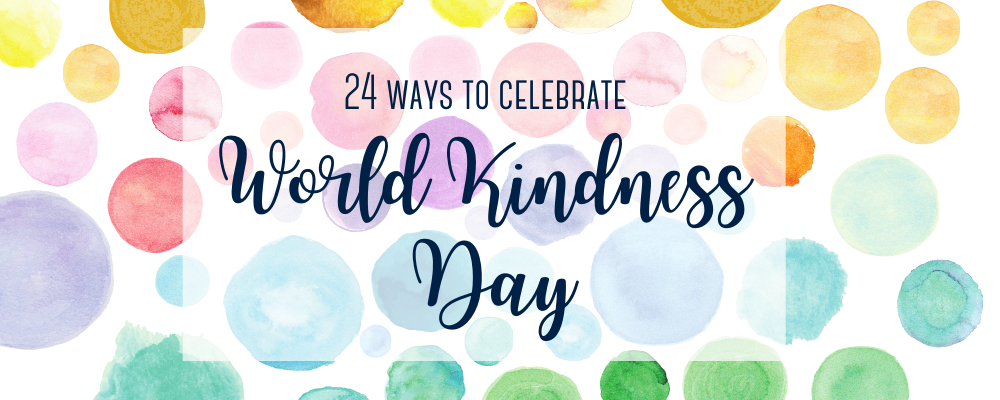
World Kindness Day (Nov. 13) often inspires individuals to ask themselves “how am I kind?” and “what can I do to express kindness or be more kind?”
Dr. John-Tyler Binfet, associate professor, has spent nearly a decade researching how children and adolescents perceive and experience kindness. Since 2012, Dr. Binfet and his research team have interviewed more than 3,000 public school students in the Okanagan Valley between kindergarten and Grade 9 about kindness. Additionally in 2019, Dr. Binfet and Dr. Sally Stewart, associate professor of teaching in the School of Health and Exercise Sciences assessed university aged students self-perceptions of kindness.
These interviews and self-reports have found that the majority of students express kindness by helping others emotionally and physically. Additionally, the acts of kindness could be grouped into three themes:
- Intentional, where you make a plan; for example, building a care package for a friend that is ill.
- Random, where the act is spontaneously performed or reactionary, like holding the door open for someone
- Quiet, where the thoughtful act doesn’t draw attention to the initiator, like leaving positive notes along a street
The research has revealed an alignment in how university and school-aged students define kindness. Across the ages, kindness means performing actions that improve the lives of others, help others, and demonstrate politeness.
His research highlights the importance of nurturing pro-social behaviours in children and adolescents as being kind doesn’t necessarily come easily to all students. There are some who need extra support to understand the concept. To assist in helping children and adolescents cultivate kindness, Dr. Binfet suggests starting by asking yourself, ‘How am I kind? How do I show that I’m thoughtful, courteous or compassionate?’
“Parents, educators and community members can help children and adolescents develop strong social and emotional skills by modeling pro-social behaviour—basically, the type of behaviour they wish to see exhibited by others,” says Dr. Binfet.
Thanks to recent funding from the Central Okanagan Foundation grant, Dr. Binfet and his team will research high-school students’ views of kindness in the Central Okanagan School District. This study will provide the missing piece in understanding how kindness is evident from Kindergarten to university students.
Here are 24 ways to celebrate World Kindness Day that are inspired by responses from K to 9 and university student participants:
- Greet a neighbour
- Bake a treat for a friend
- Pick up litter
- Help a friend with homework
- Give a compliment
- Teach someone a new skill
- Call a friend
- Leave change in the vending machine
- Hold the door open for someone
- Help out with the household chores
- Give a pet a belly rub
- Donate gently used items that you no longer need
- Write someone a kind note or send a letter
- Give someone a gift (homemade or purchased)
- Volunteer with a local organization
- Run an errand for someone
- Place positives notes around your community or use sidewalk chalk to leave positive messages
- Pay for the person in line behind you
- Cook a meal for someone
- Donate money to a cause you’re passionate about
- Show someone appreciation by thanking them
- Let someone go ahead of you in line
- Help a neighbour or friend with their yard work
- Offer a hug to a friend or family member